Even if your energy bills seem normal, your home could still be quietly draining power—and dollars—without you realizing it. Some of the biggest culprits aren’t about leaving lights on, but about how your home is built, insulated, and maintained. And the worst part? Many of these hidden inefficiencies are fixable with a few simple tweaks.
1. Poor Insulation
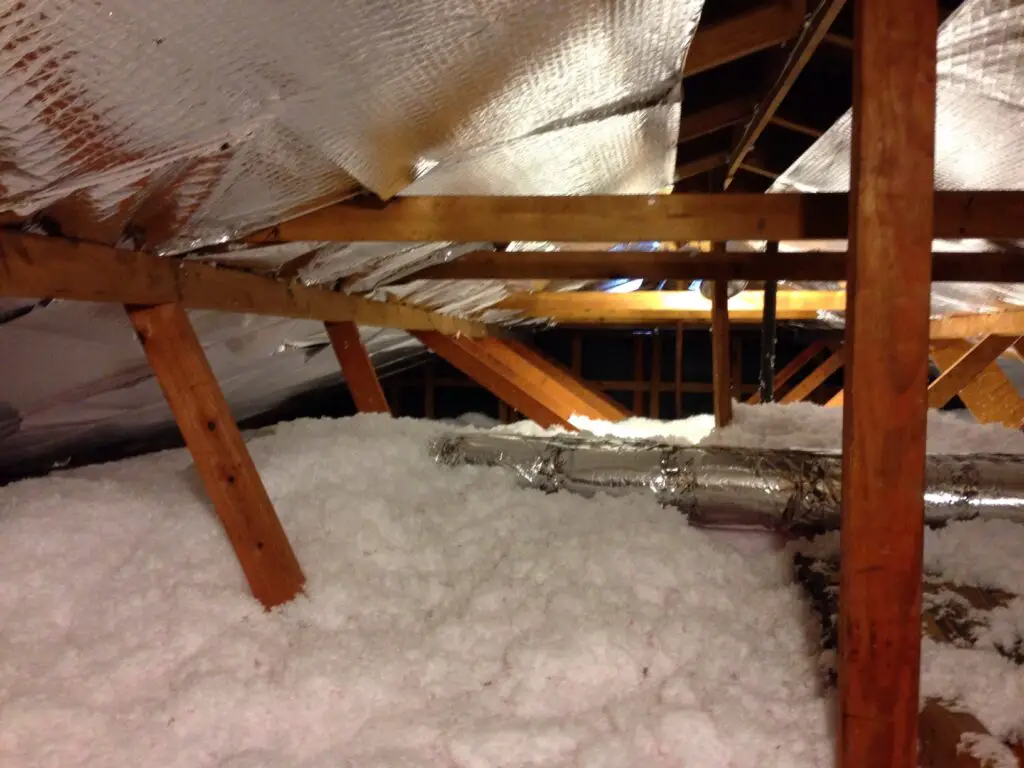
As Energy Star reports, homes with insufficient insulation can lose up to 25% of their heating and cooling energy through the attic alone. Older homes are especially prone to this issue, but even newer builds can miss key areas. Without a proper thermal barrier, your HVAC system has to work harder, burning through energy and money. It’s like trying to heat or cool the outdoors.
Check your attic, walls, and basement for weak spots. You can hire an energy auditor or use a thermal camera to identify leaks. Adding insulation is often a one-time cost that pays off for years. Even sealing small gaps around doors and windows can make a big difference.
2. Air Leaks Around Windows and Doors
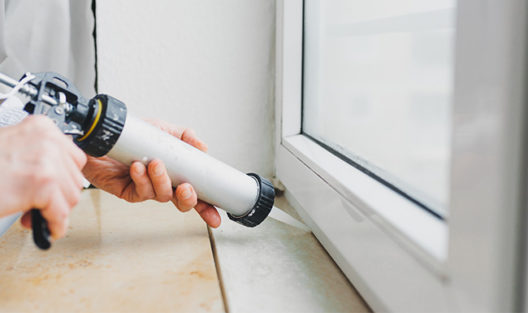
According to This Old House, drafty windows and doors are among the most common sources of household energy waste. Gaps might seem minor, but they add up—especially in extreme seasons. If you’ve ever felt a breeze indoors, even with everything shut, that’s a red flag. And those tiny leaks make your furnace or AC run longer than needed.
Weatherstripping and caulk are inexpensive fixes. Consider replacing old windows with energy-efficient models if the drafts are severe. Storm doors can also help add insulation without a major renovation. You’ll notice the difference not just in comfort but on your monthly bill.
3. Outdated Appliances

As noted by Forbes, appliances made even a decade ago can use far more energy than modern, energy-efficient models. Your refrigerator, washer, or dryer might still work—but that doesn’t mean it’s working smart. Older appliances often lack automatic shutoffs, eco modes, or inverter technology. They draw more power than necessary, especially during peak hours.
Look for the Energy Star label when replacing any major home appliance. Some utility companies even offer rebates for upgrades. While the upfront cost can sting, the long-term savings usually make up for it. Plus, newer models tend to perform better and quieter, too.
4. Inefficient HVAC Systems

According to Zillow, heating and cooling account for nearly half of the average household’s energy use. If your HVAC system is more than 15 years old, it’s likely burning more energy than needed. Ductwork can also leak, sending climate-controlled air into your attic or crawl space. It’s like paying for heat you’ll never feel.
Have your system serviced annually and check the air filters monthly. Replacing filters regularly helps the unit run more efficiently. If a full replacement is needed, look into high-efficiency systems. You might also benefit from a programmable thermostat to better control usage.
5. Always-On Electronics

It’s easy to forget about all the devices that sip power even when you’re not using them. TVs, gaming consoles, cable boxes, and even microwaves draw energy in standby mode. This phenomenon is called “phantom load,” and it can account for 5–10% of your energy bill. That’s money literally disappearing while you sleep.
Use smart power strips that cut electricity when devices aren’t active. Unplug chargers and small appliances when they’re not in use. Better yet, consolidate your tech so fewer items stay plugged in around the house. Over time, those little savings can really add up.
6. Inefficient Lighting

Still clinging to incandescent bulbs? They waste 90% of their energy as heat—not light. While they might be cheaper upfront, they cost more over time. Swapping them out for LEDs is a quick win that pays off fast.
LEDs use up to 80% less energy and last years longer. Plus, modern versions offer warm light tones that look just as cozy. Even replacing a few frequently used bulbs can lower your monthly costs. Smart bulbs can also be programmed to turn off automatically.
7. Unused Rooms Left Climate-Controlled

Got a guest room you barely use? Keeping it heated or cooled year-round is an easy way to waste energy. Many homeowners don’t realize their HVAC system treats every room equally—even ones that sit empty. That’s like buying a plane ticket for someone who never boards.
If your system allows, close vents in unused rooms or install a zoning system. You can also seal doors and use draft stoppers to isolate the space. Portable heaters or fans work better when you need occasional comfort. It’s all about directing your energy where it actually matters.
8. Hot Water Heaters Set Too High
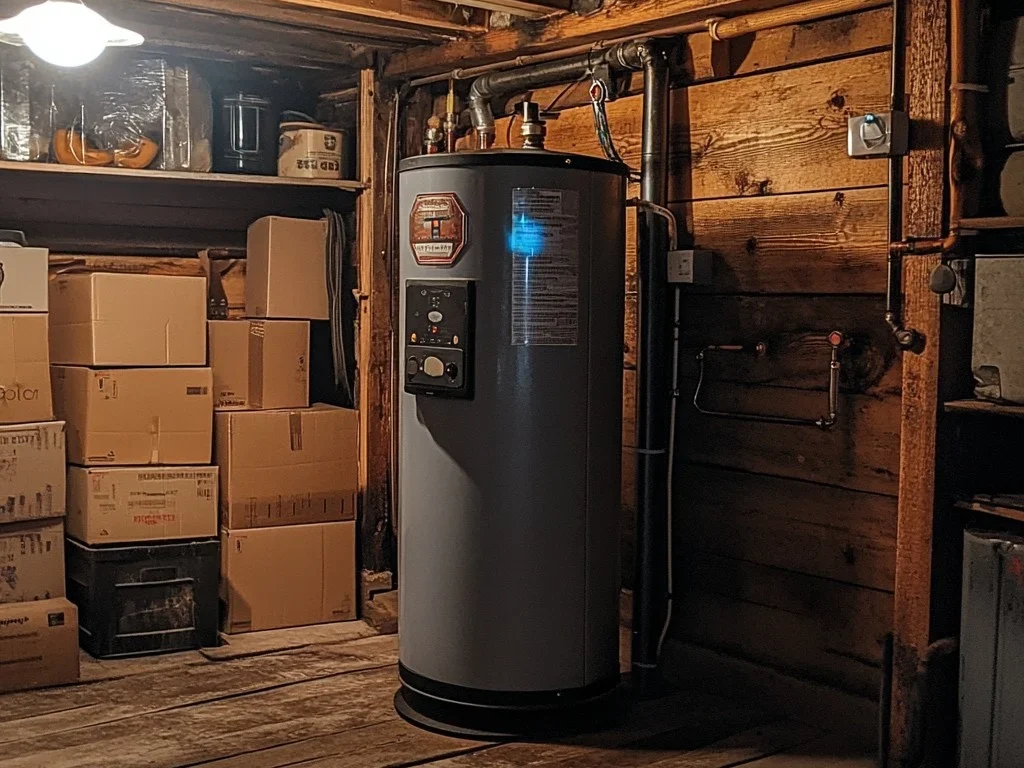
Most water heaters are set to 140°F by default—but that’s hotter than most people need. Not only is this unsafe (hello, accidental burns), but it wastes energy by constantly maintaining high temps. Lowering the setting to 120°F can cut water heating costs by 6–10%. And you likely won’t notice much of a difference in your daily routine.
Some newer models even let you schedule heating for peak usage hours. Tankless water heaters are another energy-saving option if you’re considering an upgrade. Insulating your water heater and pipes also helps retain warmth. It’s an easy fix that reduces both risk and cost.
9. Inefficient Landscaping
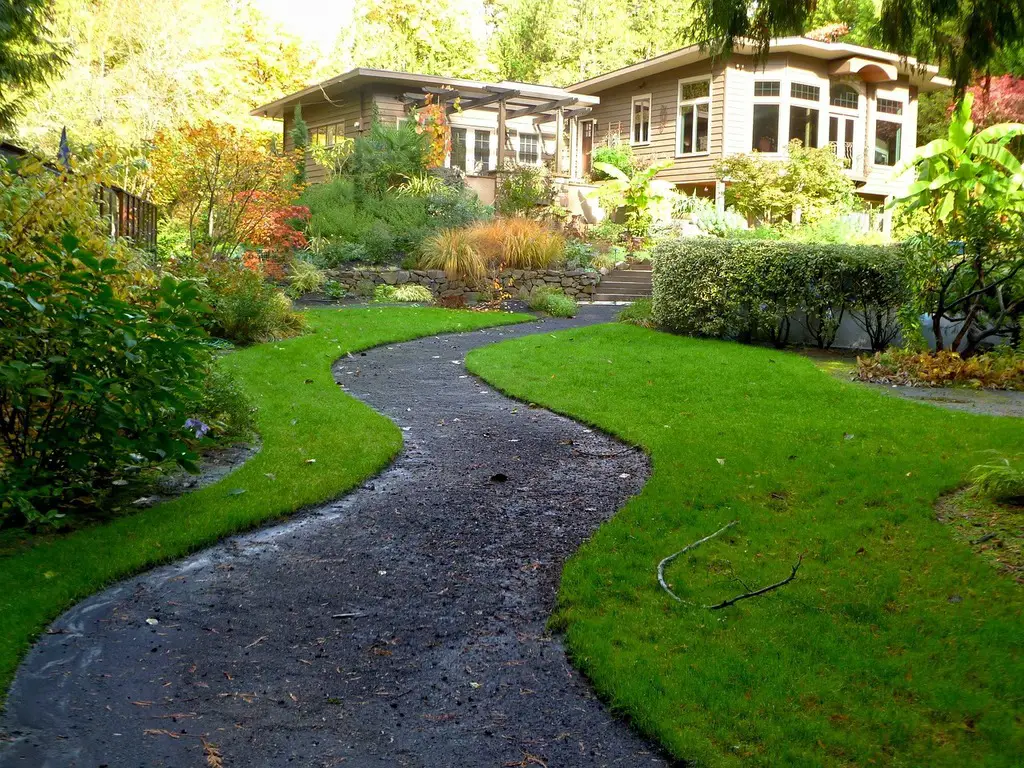
You might not think of your yard as a source of energy loss—but it can be. Trees that shade your windows in the summer can lower indoor temps by up to 10 degrees. On the flip side, poorly placed plants can block airflow or trap moisture. It’s all about strategic placement.
Use native plants and trees to reduce water use and promote natural climate control. Consider planting deciduous trees on the south or west side of your home. They’ll block heat in the summer and let sunlight in during winter. Smart landscaping is more than curb appeal—it’s climate control with roots.
10. Leaving Ceiling Fans On All the Time
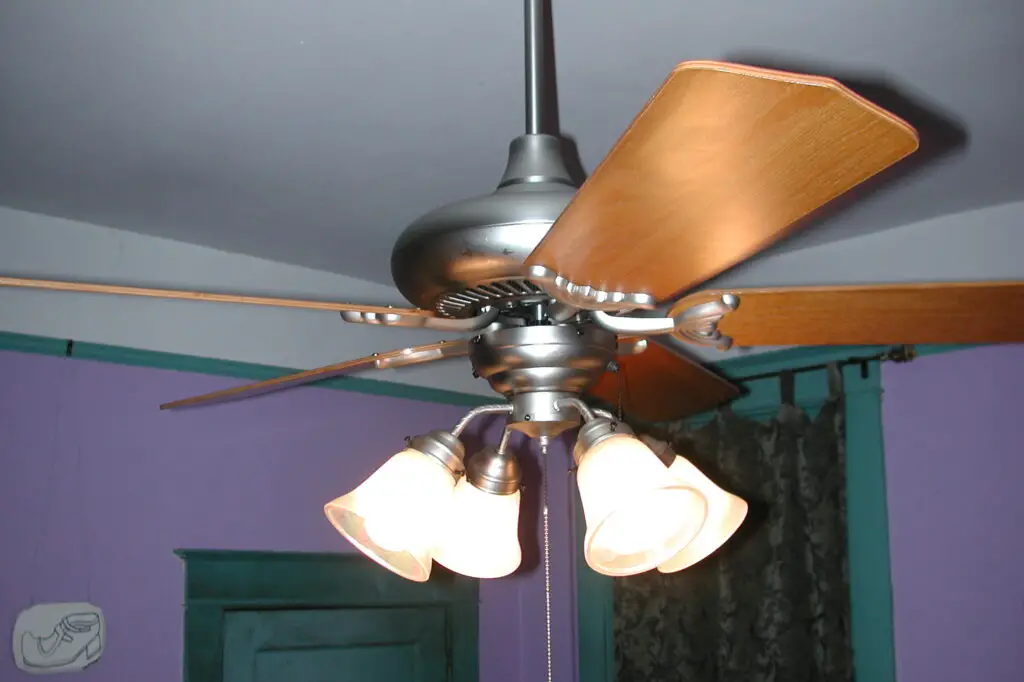
Ceiling fans are great—for people in the room. But they don’t actually lower the temperature. They create a wind-chill effect that cools your skin, not the air. So if no one’s around, they’re just spinning for show.
Turn them off when you leave the room. In summer, fans should rotate counterclockwise to push air down. In winter, reverse the direction to redistribute warm air. Use them wisely, and they’ll save energy instead of wasting it.
11. Single-Pane Windows

Single-pane windows do little to insulate your home. They let heat escape in winter and let it flood in during summer. Even with blinds or curtains, they’re no match for double- or triple-pane upgrades. It’s like wearing a raincoat made of tissue paper.
If replacing windows isn’t in the budget, try using insulating film or thermal curtains. These low-cost additions help minimize drafts and heat transfer. Adding storm windows is another budget-friendly fix. You’ll feel the difference—and see it in your utility bill.
12. Blocked Air Vents
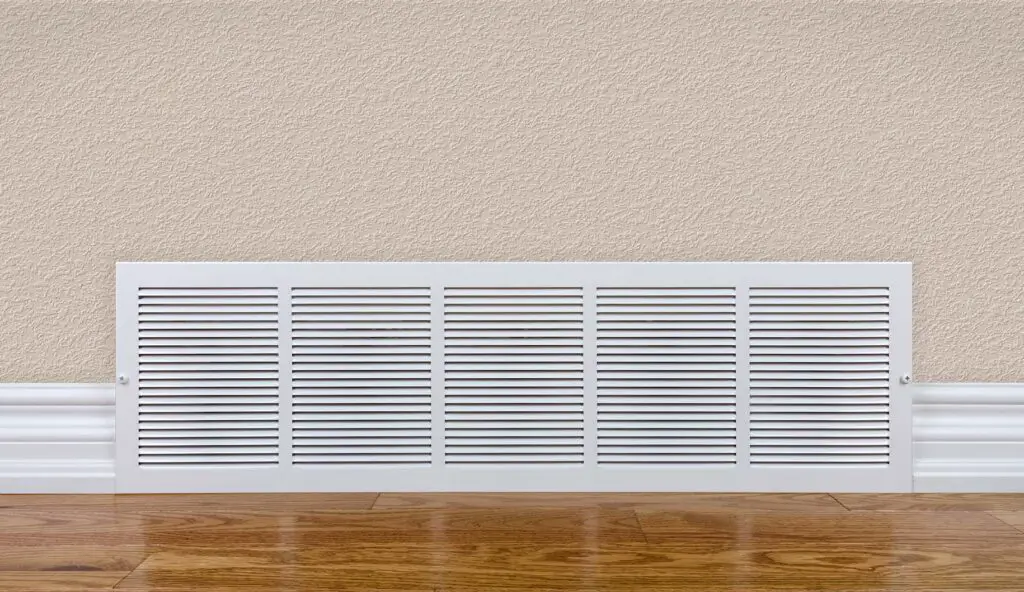
Furniture, rugs, and curtains can unintentionally block vents, forcing your HVAC to work harder. When airflow is restricted, heating and cooling becomes inefficient. Even partial obstruction can lead to higher energy use over time. And it often goes unnoticed because the vent looks fine.
Do a quick sweep of every room and make sure vents have at least a few feet of clearance. Use vent deflectors to redirect air if necessary. Keep furniture flexible so you can rearrange seasonally. A free vent is a happy vent.
13. Old or Dirty Air Filters
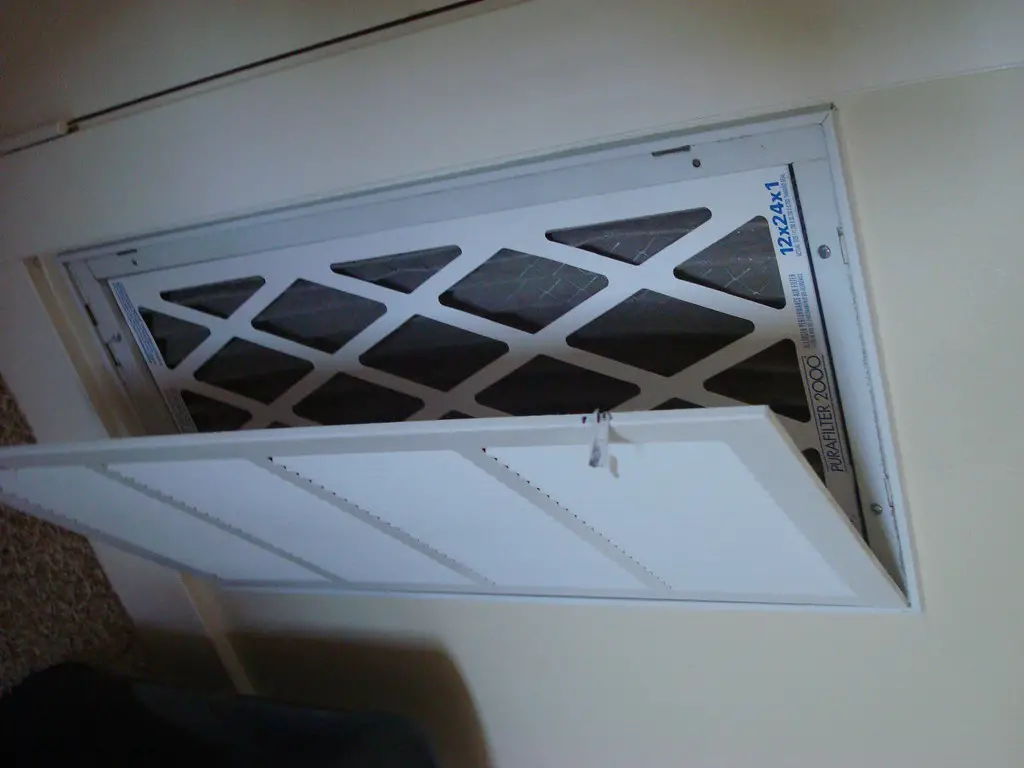
It’s not glamorous, but it’s important. Dirty filters restrict airflow, forcing your system to run longer to heat or cool your home. That added strain wastes energy and shortens the lifespan of your HVAC unit. Think of it like breathing through a dust mask all day.
Check filters monthly and replace them every 1–3 months, depending on your system and pets. A clean filter improves indoor air quality, too. It’s one of the cheapest ways to boost energy efficiency. And it takes less than five minutes to do.
